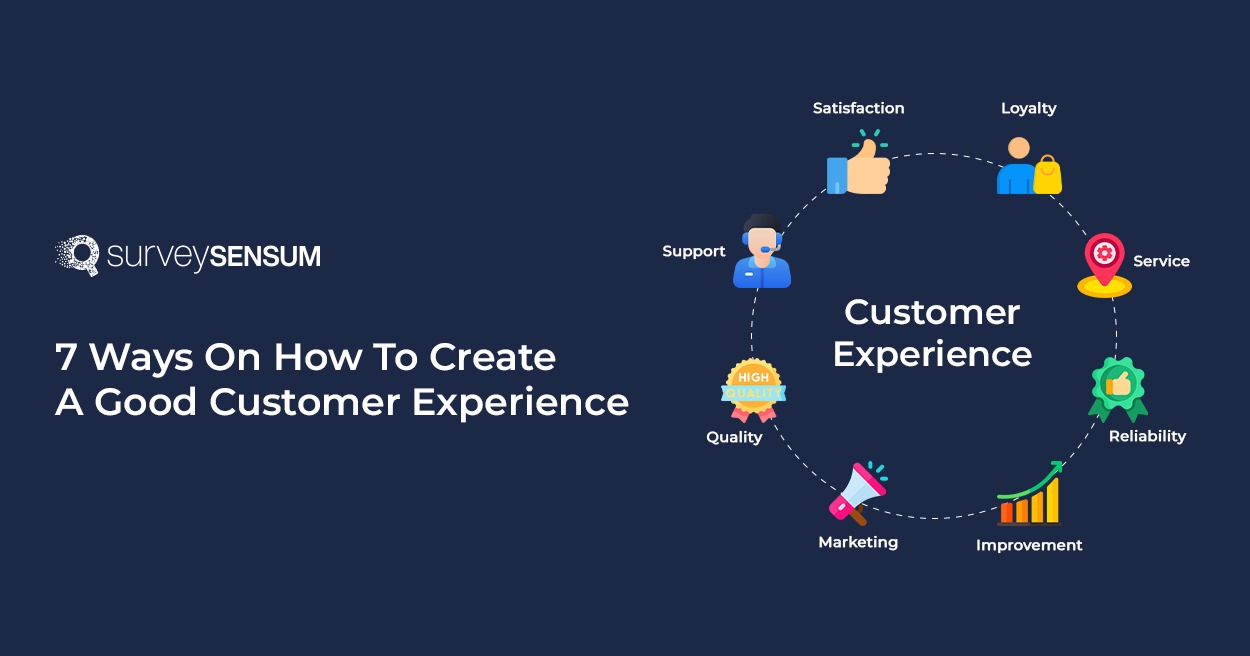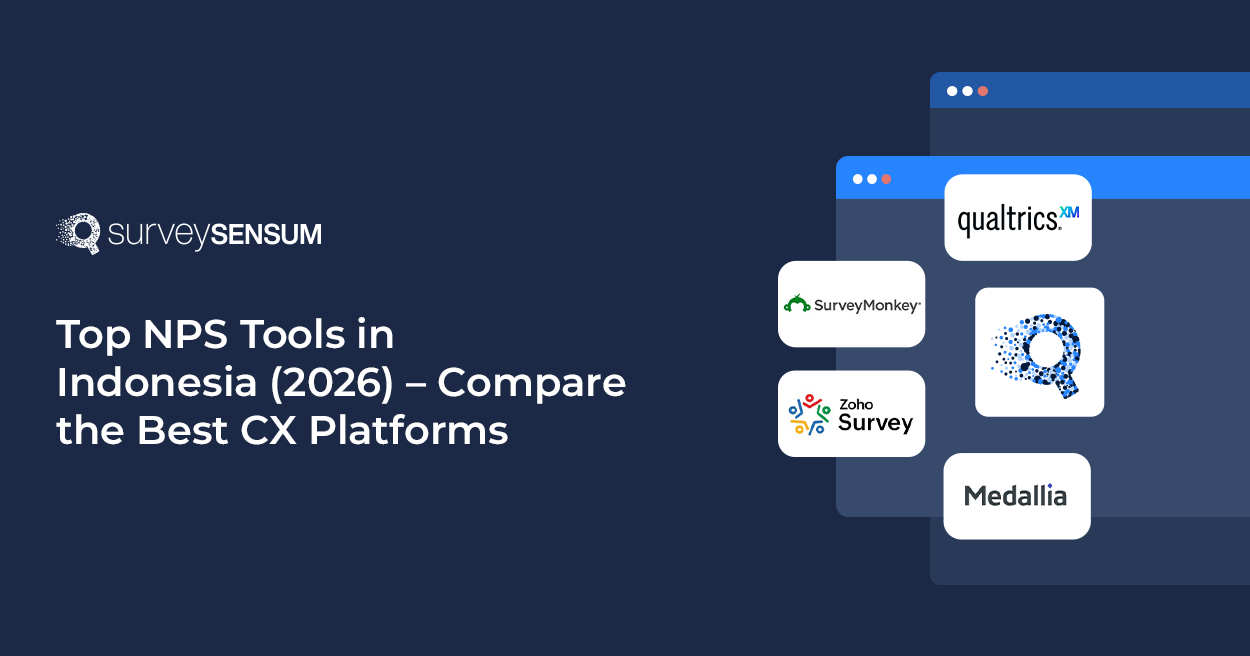

Every interaction you have with your customer or potential customer is a chance for you to improve and build a brand rooted in trust, loyalty, and customer-centricity. Every touchpoint in a customer journey is an opportunity to create an experience that isn’t just positive but also convenient and seamless.
Now a question arises: how can brands position themselves as unique and valuable to the current ecosystem, especially when competitors are just a click away?
Based on my years of experience in the CX industry and my recent interest in the State of CX in India, I have found that CX has become a high priority for businesses with 84% rating it as a crucial focus area, along with product experience (88%) and marketing experience (78%). So keeping that in mind, I have vetted some important areas that need to be focused on to create a more harmonious and exceptional customer experience.
How To Create A Good Customer Experience? 7 Sureshot Ways
1. Create a Unified Customer Journey
Imagine receiving follow-up mail with an offer for a different product that you weren’t even looking at. It’s not just irrelevant – it also shows that the brand is not paying attention to your journey.
This lack of personalization happens when the customer journey is fragmented, leading to data silos, customer frustration, and lost opportunities for customer acquisition and retention.
Solution? Create unified customer journeys where data is shared across all channels of your business, both online and offline, creating a seamless and well-connected experience where customers can switch between channels at any point, without starting from scratch.
However, according to the latest State of CX in India report, it was found that 47% of businesses lack deep customer data and 46% of organizations struggle with disjointed tech infrastructure.
So, to create a good customer experience, you need to prioritize utilizing comprehensive customer data. This includes developing unified customer profiles, keeping your CRM system updated on all channels, prioritizing journey-based feedback integration for real-time action, and maintaining a real-time view of customer interactions and historical trends. This will provide you with a real-time and unified view of your customer’s interaction that is well-integrated and shared across all channels to ensure a seamless experience.
2. Start Creating an Omnichannel Customer Experience

When it comes to creating memorable customer experiences, having multiple channels is a thing of the past. If you have ever shopped from the Nike website or bought a coffee from the Starbucks app, you probably understand the convenience of shopping from the comfort of your home and picking up your order at the store for that personal shopping experience, without having to start from scratch.
That’s the beauty of an omnichannel customer experience.
And it is something customers are expecting more and more. In fact, according to the Harvard Business Review, it was found that 73% of customers use multiple channels during their shopping journey.
However, to implement an omnichannel approach you need to keep a few things in mind:
- You need to ensure data integration across all channels. Set up a CRM system to consolidate customer data for a unified view, allowing you to track and monitor all customer interactions and preferences across all channels. Incorporating SIP trunking as part of this tech infrastructure can further enhance your communication channels, allowing for integrated voice and data capabilities, making omnichannel experiences even more cohesive.
- Create a unified view of data – no data silos. All departments and teams in your organization should be able to access, share, and update customer data and interactions across all channels. If internal bandwidth is limited, partner with an omnichannel media agency to connect platform data, standardize taxonomies, and ensure every touchpoint feeds a single source of truth. Use an integrated CRM system to centralize customer data, allowing teams to access and monitor customer data across all channels.
- Create unified customer profiles. Instead of creating a generic customer journey mapping, create a unified customer profile where all customer data is consolidated into a single centralized profile.
Consolidate data from multiple channels on a single platform for an omnichannel data viewing and sharing experience to track key metrics in real-time all in one place!
3. Make It Convenient, Not Just Accessible
Creating a good customer experience isn’t just about making things accessible for customers – it is also about making the whole process as convenient as possible for the customer. This means creating a process that is easy, quick, and seamless at every interaction or touchpoint in the customer journey. This includes simplifying your website navigation, creating a proactive customer service process, ensuring an omnichannel experience, streamlining payment options including restrict payment extension , personalizing the experience, and automating repetitive tasks. Additionally, converting your website into a mobile app using a no-code website to app converter can further remove common mobile friction points such as repeated logins, slow load times, and disrupted user journeys.
This impacts your customer retention rate and customer satisfaction. According to a study by PwC, for 80% of customers speed, convenience, knowledgeable help, and friendly services are the most important elements of a good customer experience.
4. Personalization is the Key!
According to a study by Accenture, 91% of customers revealed that they are more likely to shop from a brand that recognizes, remembers, and provides them with relevant offers and recommendations.
We all know that personalization is critical to creating a good customer experience as it makes your customers feel heard and valued. However, sending a birthday message or email with a random discount isn’t going to cut it anymore – the experience needs to be hyper-personalized based on relevant experiences and correct data.
Customers now want brands to understand their interactions to tailor their offerings accordingly. This is where businesses need to see their customers as a whole, monitor their journey on all channels, and then offer personalized services based on the relevant experience, unique to each individual customer.
However, 72% of businesses struggle to personalize their content according to customer needs and expectations and 43% find it challenging to quickly adapt to changing customer preferences.
This is why businesses should focus on utilizing comprehensive customer data. This includes developing unified customer profiles, keeping CRM updated in real-time and accessible on all channels, and maintaining a real-time view of customer interactions across all channels.
5. Leverage AI Capabilities
As we have discussed in earlier points how data integration and lack of tech infrastructure are the biggest challenges when it comes to prioritizing action and providing a seamless customer experience.
This is where you need to embrace the shift towards digital and leverage AI capabilities and integrate them into your current workflow to integrate data, streamline, and automate processes. AI can transform and improve your customer experience. Research shows that AI support software can raise customer satisfaction by 20%. Moreover, 73% of customers believe that AI can improve their customer experience and 80% of customers who have interacted with AI software for customer service had a positive experience.
So, integrate AI capabilities into your current workflow by
- Implementing AI chatbots for automating repetitive tasks, and providing instant, real-time, and 24/7 support to your customers, frees up agents’ time to focus on more complex issues.
- Using AI for predictive analysis to analyze customer data to understand their interaction at every touchpoint for predicting customers’ needs and expectations, offering personalized recommendations, and resolving issues proactively.
- Enhancing personalization by analyzing vast amounts of data quickly and accurately. An AI agent continuously learns from user behavior to improve these tailored experiences. From product recommendations to personalized content, AI tailors every interaction to individual preferences.
- Streamlining the customer service process by analyzing customer interactions in real-time to gauge sentiment.
6. Listen To Your Employees Just As Much You Listen To Your Customers
A successful CX strategy doesn’t solely depend on your customer feedback – it also includes listening to your employees. This is why they say – “A Happy Employee Creates a Happy Customer”
According to Salesforce, employees who feel heard are 4.6 times more likely to feel empowered to do their best work. Moreover, companies with strong employee engagement strategies experience a 10% increase in customer ratings.
So,
- Conduct regular employee feedback surveys to identify challenges, gauge job satisfaction, and understand employees’ overall satisfaction with the company. This is also a great way to gather feedback to take data-driven action to improve your employee experience.
- Schedule regular meetings, open forums, or one-on-one check-ins with tools like Calendly, where employees can voice their opinions, share customer insights, and suggest improvements, fostering a culture of trust and collaboration.
- Show your employees that their feedback is valued by incorporating their suggestions into customer experience strategies.
- Celebrate employees who understand the importance, know how to improve customer experiences, and go above and beyond for that. Recognition boosts morale and motivates others to contribute positively.
Conclusion
Creating a good experience isn’t just about being polite and making things available for customers – it requires a holistic approach of integrating all channels, creating a unified customer profile, leveraging AI, personalization, and listening to your customers, as well as employees.
In today’s competitive landscape, where 73% of consumers say customer experience drives their purchase decisions, providing a seamless, personalized, and convenient experience is not just a competitive advantage – it’s essential for long-term success.

















